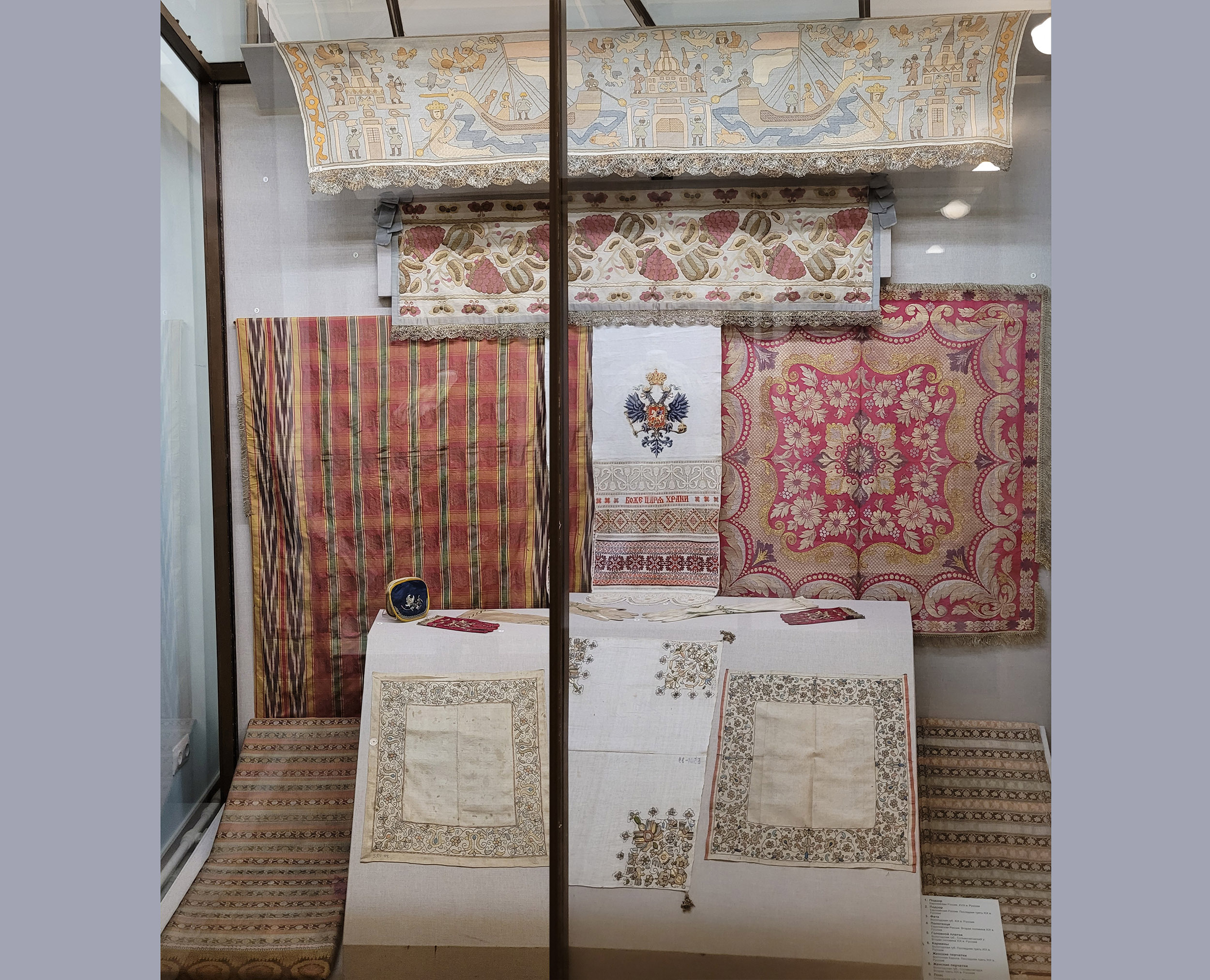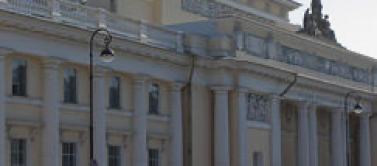Silk accessories of traditional Russian women’s costume

Silk fabrics produced in Russia had a few distinctive features, like their simplicity and cheapness; they were intended for townspeople and peasants of moderate means. Fabrics were available for purchase at fairs, markets, shops sold by cuts; then they were used to make clothes and accessories; it was also possible to buy some ready-made silk products, like shawls and covers, belts, gloves, purses and handbags, ribbons and webbing, cords and tassels.
Along with silk fabrics and goods, silk threads were sold that women purchased for needlework. Silk embroidery was considered a popular garment decoration for both men and women’s headdresses, shoes, accessories, as well as interior items and church utensils. The silk embroidery tradition was quite familiar to upper classes of the Russian society of the early 17th–18th centuries, too. Most often, silk thread decorations were reserved to symbolic and iconic objects, which were often used in rituals; these included shirinka shawls. Silk embroidery was also common to textile interior items, which, in folklore, also performed magical functions and were often used in rituals; these were towels, tablecloth and bedskirts, as a rule, festive ones. In the 19th century to early 20th century, all these items remained significant mainly as folk objects. Peasants and sometimes townspeople tended after them carefully; they inherited them from their elders and passed them on to their children and grandchildren.
1. Bed skirt. European Russia. 18th century. Russians
2. Bed skirt. European Russia. Last third of the 19th century. Russians
3. Wedding veil. Vologda Governorate. 19th century. Russians
4. Towel. European Russia. 2nd half of the 19th century. Russians
5. Headscarf. Solvychegodsk County, Vologda Governorate. 2nd half of the 19th century. Russians
6. Pockets. Vologda Governorate. Last third of the 19th century. Russians
7. Women’s gloves. Eastern Europe. Last third of the 19th century. Russians
8. Women’s gloves. Solvychegodsk, Vologda Governorate. 2nd third of the 19th century. Russians
9. Belt. Danilovo Village, Olonets Governorate. 19th century. Russians
10. Tablecloth. European Russia. 18th century. Russians
11. Belt. Shunga Village, Olonets Governorate. 19th century. Russians



